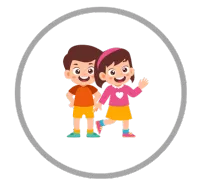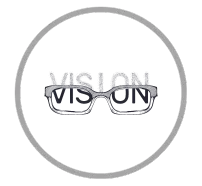Comprehensive Guide to Pediatric Eye Health
The Importance of Pediatric Eye Exams for Early Detection
FSDAVCFEBFEVSDDVFSD
FSDAVCFEBFEVSDDVFSD
FSDAVCFEBFEVSDDVFSD
The Importance of Regular Eye Exams for Children
Pediatric eye exams are crucial for maintaining children's vision health. Regular check-ups allow for the early detection of vision problems, which is vital for preventing long-term issues and supporting overall development. These exams help track important developmental eye milestones and can identify common children's eye issues such as nearsightedness, farsightedness, and amblyopia.
Early intervention ensures that vision problems do not hinder a child’s learning or quality of life. This article explores the significance of pediatric eye exams, focusing on early detection and the role of pediatric optometry in protecting children’s vision health. Regular eye exams are essential for ensuring that children can see clearly and achieve their full potential.
Pediatric eye exams are crucial for maintaining children's vision health. Regular check-ups allow for the early detection of vision problems, which is vital for preventing long-term issues and supporting overall development. These exams help track important developmental eye milestones and can identify common children's eye issues such as nearsightedness, farsightedness, and amblyopia.

Early intervention ensures that vision problems do not hinder a child’s learning or quality of life. This article explores the significance of pediatric eye exams, focusing on early detection and the role of pediatric optometry in protecting children’s vision health. Regular eye exams are essential for ensuring that children can see clearly and achieve their full potential.

Understanding the Importance of Early Eye Exams for Children
Early detection of vision problems in children is crucial for their overall development. Vision issues such as nearsightedness, farsightedness, and amblyopia can be managed effectively when identified early. Regular pediatric eye exams are key in spotting these issues before they impact a child's learning and daily activities. Children often cannot articulate their vision problems, making regular check-ups essential for ensuring their eyes are healthy.Good vision significantly influences a child's development. Clear vision is necessary for reading, writing, and participating in class, and it also affects social interactions and self-esteem.
Children with untreated vision problems might struggle academically and socially, leading to frustration and behavioral issues. Regular eye exams help detect problems early, ensuring that children receive the necessary treatments, such as glasses or eye exercises, to correct their vision and support their overall development.Moreover, early detection and treatment of vision issues can have long-term benefits. By addressing problems early, more severe complications later in life can be prevented. For instance, conditions like amblyopia (lazy eye) can lead to permanent vision loss if not treated early.
Regular eye exams ensure that any issues are caught and managed before they become more serious. Regular eye exams also help monitor developmental eye milestones in vision. From infancy through adolescence, children's vision undergoes significant changes. These exams track how well a child's eyes are developing and functioning. Pediatric optometrists use specialized tools and techniques to assess vision and eye health, ensuring that any deviations from normal development are addressed promptly.
Key Vision Milestones in Child Development
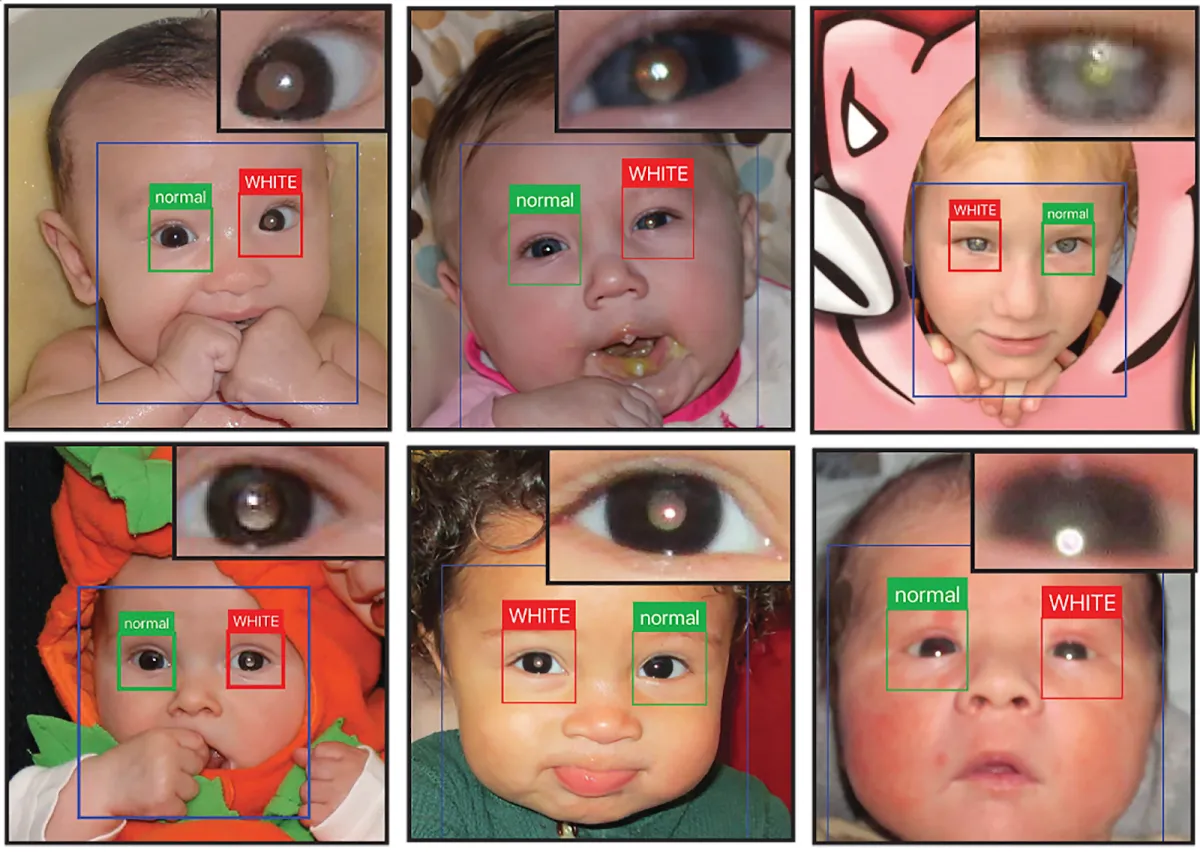
Children’s vision develops rapidly from birth through adolescence, and tracking these milestones is crucial for ensuring proper visual development. Regular eye exams are essential in monitoring these changes and addressing any issues early. From birth to four months, babies begin to focus on objects and track moving items with their eyes. By four months, they can recognize familiar faces. Between four to six months, infants develop better hand-eye coordination, start reaching for objects, and show improved color vision.

This period is critical as babies start using their eyes to interact more with their environment. Between six to twelve months, babies develop depth perception and the ability to judge distances, which helps them as they begin to crawl and explore their surroundings. By this age, they should also be able to follow moving objects more precisely. From one to two years old, toddlers start recognizing objects and pictures in books and can point to objects when named. They also develop the ability to follow moving objects, showing significant progress in visual tracking and recognition.
At ages two to three, children can focus on objects both near and far and begin to recognize and name basic colors and shapes. This period is important for developing visual discrimination skills, which are essential for learning. By ages three to five, preschoolers should have well-developed depth perception and the ability to recognize letters and simple words, supporting their early reading skills and further cognitive development.
Identifying and Addressing Common Eye Problems in Children
Children can suffer from various vision problems that impact their daily life and development. Early detection and treatment of these issues are crucial to prevent long-term complications. Amblyopia, commonly known as "lazy eye," occurs when one eye has reduced vision because it is not working properly with the brain. This can be due to strabismus (misaligned eyes), significant refractive error differences between the eyes, or other eye conditions. If untreated, amblyopia can lead to permanent vision loss in the affected eye.
Strabismus, or crossed eyes, is another common condition where the eyes do not align correctly. This misalignment can cause double vision or the brain to ignore input from one eye, leading to amblyopia. Early treatment with glasses, eye patches, or surgery is essential to correct this issue and ensure proper visual development.
Understanding Refractive Errors
Myopia (nearsightedness) is when distant objects appear blurry. This is due to the eye being too long or the cornea having too much curvature. Myopia is prevalent among children and can affect their ability to see the board in school or play sports effectively. Corrective lenses are commonly used to treat myopia.
Hyperopia (farsightedness) is when close objects appear blurry because the eye is too short or the cornea lacks sufficient curvature. Children with hyperopia might experience headaches, eye strain, and difficulty reading. Glasses or contact lenses can help correct this condition.
Astigmatism is an irregular curvature of the cornea or lens, causing blurred vision at all distances. It often occurs alongside myopia or hyperopia and can lead to eye strain and headaches. Corrective lenses are used to address astigmatism, providing clearer vision for affected children.
Myopia (nearsightedness) is when distant objects appear blurry. This is due to the eye being too long or the cornea having too much curvature. Myopia is prevalent among children and can affect their ability to see the board in school or play sports effectively. Corrective lenses are commonly used to treat myopia.
Hyperopia (farsightedness) is when close objects appear blurry because the eye is too short or the cornea lacks sufficient curvature. Children with hyperopia might experience headaches, eye strain, and difficulty reading. Glasses or contact lenses can help correct this condition.
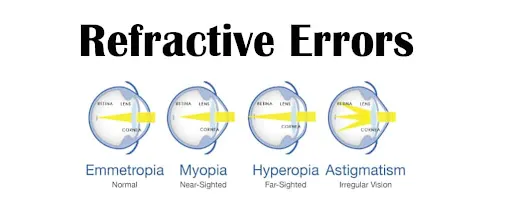
Astigmatism is an irregular curvature of the cornea or lens, causing blurred vision at all distances. It often occurs alongside myopia or hyperopia and can lead to eye strain and headaches. Corrective lenses are used to address astigmatism, providing clearer vision for affected children.

How Pediatric Optometrists Ensure Healthy Vision for Children
During a pediatric eye exam, several tests are conducted to assess a child's vision and eye health. The exam typically begins with checking visual acuity, where children are asked to read letters or symbols from a chart. For younger children who may not recognize letters yet, pictures of familiar objects are used instead. This helps to determine how well the child can see both near and far objects.
Next, the pediatric optometrist will examine eye alignment to ensure that both eyes are working together properly. This is done by having the child follow a light or a toy with their eyes. Proper eye alignment is crucial for good depth perception and overall visual coordination. If any misalignment is detected, further tests may be conducted to diagnose conditions such as strabismus or amblyopia.
Pupil dilation is often part of the exam. Eye drops are used to widen the pupils, allowing the optometrist to get a clear view of the internal structures of the eye, such as the retina and optic nerve. This step is important for detecting underlying eye conditions that might not be apparent with the pupils in their normal state.
Pediatric optometrists play a specialized role in providing eye care for children. They use child-friendly techniques and tools to make the exam process comfortable and engaging for young patients. For instance, they might use toys, games, and visual aids to keep children focused and cooperative during the exam. This approach helps in getting accurate results while ensuring that the child feels at ease.
Early Warning Signs of Vision Issues in Kids
Children may not always communicate when they have vision issues, so it's important for parents to be aware of common signs. Frequent eye rubbing is one indicator, as it can suggest eye strain or fatigue. Squinting, particularly when looking at distant objects, is another sign that a child may have trouble seeing clearly. Holding books or devices very close to the face or sitting too close to the television can also indicate vision problems.
Parents should watch for other signs such as difficulty reading or frequent loss of place while reading. Complaints of headaches, especially after school or reading, might suggest eye strain. Closing one eye to see better or tilting the head to one side can also be signs of misalignment or vision issues.
Children may not always communicate when they have vision issues, so it's important for parents to be aware of common signs. Frequent eye rubbing is one indicator, as it can suggest eye strain or fatigue. Squinting, particularly when looking at distant objects, is another sign that a child may have trouble seeing clearly. Holding books or devices very close to the face or sitting too close to the television can also indicate vision problems.
Parents should watch for other signs such as difficulty reading or frequent loss of place while reading. Complaints of headaches, especially after school or reading, might suggest eye strain. Closing one eye to see better or tilting the head to one side can also be signs of misalignment or vision issues.
The Vital Role of Pediatric Eye Care in Child Development
Regular pediatric eye exams are vital for detecting and treating vision problems early. This article highlighted common childhood eye issues, such as amblyopia, strabismus, myopia, hyperopia, and astigmatism, and their impact on a child's daily life and development. Early detection of these issues through routine eye exams can prevent long-term complications and support a child’s overall growth. Regular eye exams ensure that vision problems are identified and treated promptly, which is essential for academic success and overall well-being.
Pediatric optometrists use child-friendly techniques to make the exam process comfortable and effective. This proactive approach helps maintain children's vision health and supports their development. Parents should take proactive steps in scheduling regular eye exams for their children. Early detection and treatment of vision issues can significantly enhance a child's quality of life. To schedule an appointment at Kleinwood Vision, please visit our website or contact us directly. Call us today at (832) 662-7414 or visit Kleinwood Vision to book your child’s eye exam and ensure optimal vision health.

Contact Info
Hours of Operation
Mon - Fri | 9:00 AM - 5:00 PM
Sat - Sun | Closed
Holiday Hours: We are closed for the following holidays: New Years Day, Memorial Day, Independence Day, Labor Day, Thanksgiving Day, Christmas Day
© 2025 Kleinwood Vision. All rights Reserved.
